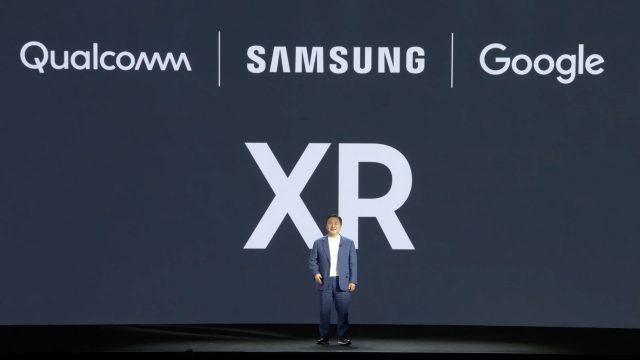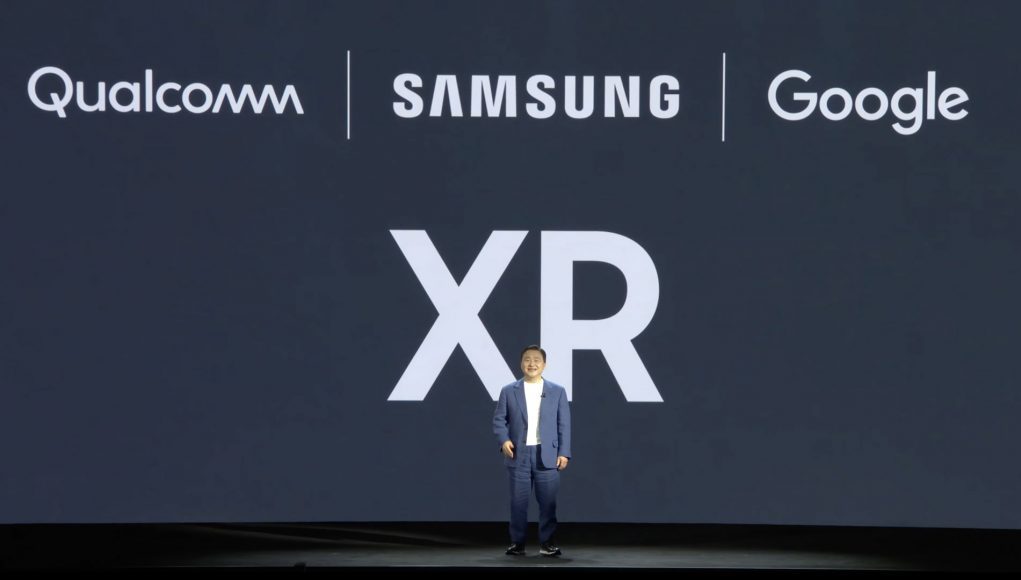This week Samsung and Google confirmed their forthcoming “XR platform” will be announced this year, though it’s unclear if it will actually launch before the end of 2024.
It was early 2023 when Samsung, Google, and Qualcomm first announced their collaboration on an “XR platform” based on Android. The timing of that announcement made it sound like we’d probably hear more about that platform and whatever devices it would power in late 2023 or maybe early 2024.
But just a few months later, Apple formally unveiled its long-rumored Vision Pro headset, and announced it would be launching in early 2024.
Since then, we’ve heard little about the XR effort from Samsung, Google, and Qualcomm—save for some rumblings that the companies may have taken a step back to reassess their plans after seeing what Apple planned to launch with Vision Pro.
This week, however, the companies confirmed it will be revealed by the end of 2024—and perhaps even launched by then.
During the Samsung Unpacked event this week, Google’s SVP of Platform & Devices, Rick Osterloh, took to the stage and spoke briefly about the future of the company’s collaboration with Samsung:
“Looking forward, we’re collaborating to bring next-generation experiences across Galaxy products. From smartphones and wearables, to even future technologies, like the upcoming XR platform we’ve been working to develop in close partnership with Samsung and Qualcomm for next-generation devices,” Osterloh said. “You’ll want to stay tuned for that. It’s an exciting new era in mobile computing, and we’re thrilled to take our partnership with Samsung to the next level.”
Samsung’s Head of Mobile, TM Roh, took to the stage afterward to concur, adding that the XR platform in question would come by the end of 2024.
“I appreciate [Osterloh] and his team at Google for their constant partnership that fuels innovation and ignites new possibilities, like our new XR platform coming this year.”

We still don’t know exactly what shape the so-called “XR platform” will take. While it was initially expected the companies were working on something to compete with Meta’s game-focused Quest platform, Vision Pro’s emphasis on more general productivity and spatial computing may have changed priorities. And even still, Samsung, Google, and Qualcomm might not want to challenge either front. Instead, they might try to stake out their claim with mobile-focused transparent AR glasses—maybe starting with basic smartglasses functionality.
For now all we know is that we’ll learn more later this year, but it’s still unclear if we’ll see an announcement or an actual product launch by the end of 2024.
What do you think will be revealed, and what would you want to see ideally? Let us know in the comments below!







